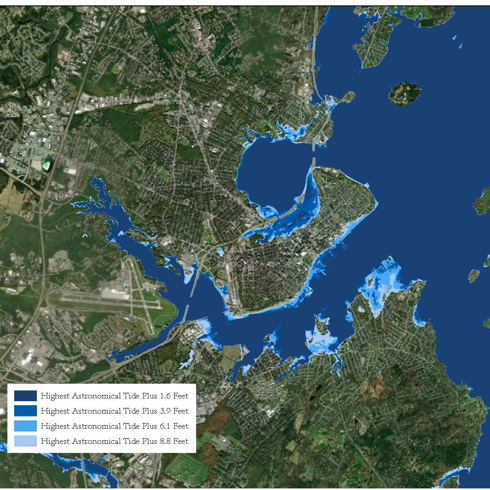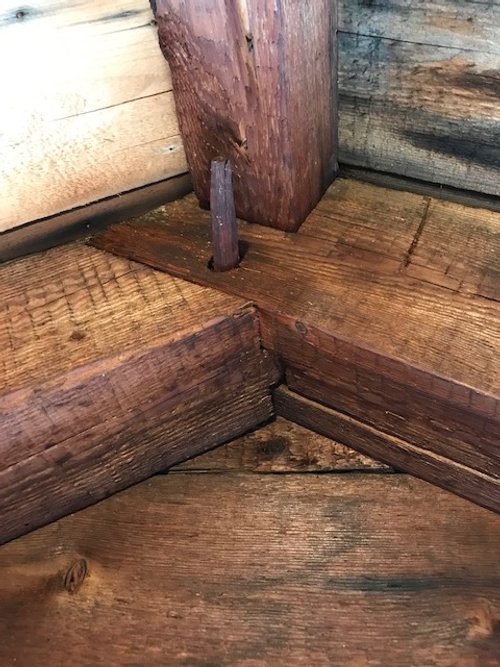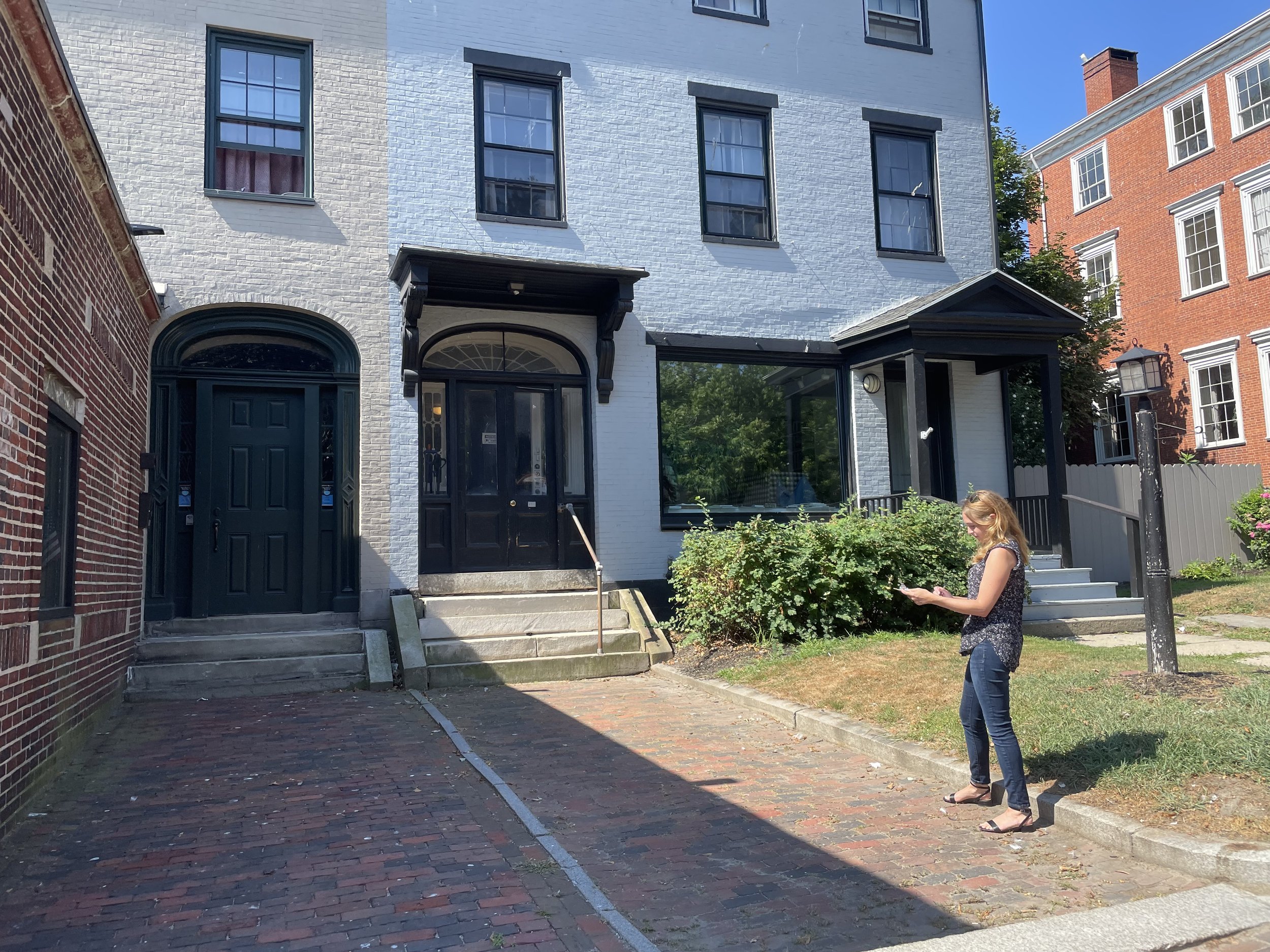Join Us in Supporting LD1810 to Expand
Maine's Historic Rehabilitation Tax Credit
On Tuesday, May 9 at 1pm, the Taxation Committee of the Maine State Legislature will hold a hearing on LD 1810, An Act to Expand the Historic Rehabilitation Tax Credit. This bill will create a new program to ensure historic homeowners benefit from these transformational tax credits. Additionally, LD 1810, sponsored by House Majority Leader Maureen Terry on behalf of Greater Portland Landmarks and Maine Preservation, will improve the small credit to make it more user-friendly and accessible for income-producing property owners.
How Can You Help?
Submit a letter of support. Urge the Committee to adopt LD 1810. You can reference details of the program and persuasive research offered here, such as the incredible economic benefits that result from rehabilitation projects and the pointed recommendations of the Office of Program Evaluation and Government Accountability.
Speak at the public hearing via Zoom. Individuals are allotted three minutes each, so consider in advance what you might like to say. Start off with a clear statement of support for LD 1810, such as "I support LD 1810 and the expansion of Historic Rehabilitation Tax Credits to safeguard and financially incentivize the responsible stewardship of Maine's historic resources by homeowners."
Attend the public hearing in-person. Stand with Maine Preservation, Greater Portland Landmarks, and other allied organizations at the State House as the Taxation Committee discusses this bill. Even if you choose not to testify (please submit a letter in writing in advance!), your presence can speak volumes and shows bill sponsors that their constituents support this groundbreaking initiative!
The hearing will take place at the State House, Room 127, in Augusta.
Learn More about Testifying at the Legislature
LD 1810 is part of Policy Action 2023, an initiative of Build Maine and GrowSmart Maine.





























